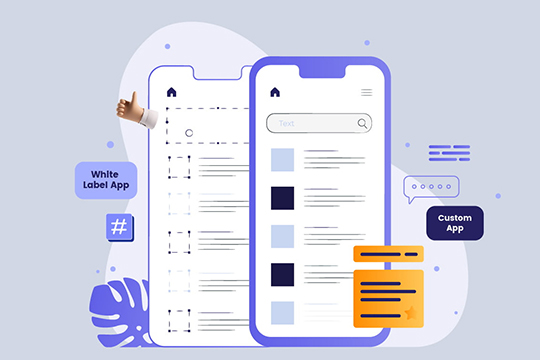How to Build an App Like TripPlanner
Travel planning has been transformed in the age of digital ease by smartphone apps that help consumers plan and manage…
Across the world, robots have replaced workers in factories, taken on the role of customer service agents in call centers, and, in the near future, will be driving our cars. But while factory workers, customer service specialists, and taxi drivers may have a lot to worry about in the new age of automation and AI, there’s reason for hope: Robots often need humans to work with them. TechRepublic talked to experts in robotics, AI, and finance to learn more about how humans and robots will complement each other in future jobs.
One multi-tasker bot, from Momentum Machines, can make (and flip) a gourmet hamburger in 10 seconds and could soon replace an entire McDonalds crew. A manufacturing device from Universal Robots doesn’t just solder, paint, screw, glue, and grasp—it builds new parts for itself on the fly when they wear out or bust. And just this week, Google won a patent to start building worker robots with personalities.
Steve Palomino, director of financial transformation at Redwood Software, which provides enterprise robotic process automation, sees the potential for a lot of new jobs in finance. “[Of] all the technological advances, we haven’t had a disruption in accounting,” said Palomino.
“How humans and robots work together is that robots can take over mundane tasks, like account balances,” said Palomino. “Right now, I have to look at your checking account, and compare it to your QuickBooks account and your Excel spreadsheet, and make sure they’re equal.”
It is agreed that foundation technologies are already available and in some areas, such as memory, they supersede human capabilities: the simple computer programs designed to simulate an intelligent conversation, known as chatbots, can quickly look up digital responses from a vast online database. When incorporated with speech and image recognition software, cameras and sensors – all off-the-shelf – they form the basis of a humanoid robot brain.
Gadgets such as Amazon’s voice-controlled home assistant Alexa use deep-learning artificial intelligence (AI) to understand demands, such as to dim the lights, while becoming cleverer and more useful the more they are used.
In early 2016, Google’s AlphaGo computer program beat professional and leading Go player Lee Sedol at a championship in South Korea. Go is a complex game in which a player has approximately 250 possible moves per turn, and the player’s thought processes cannot be easily explained or learned, as with chess. Computers have been beating human chess players since the 1990s.
In terms of mechanics of humanoid robots, many can now climb stairs and do press-ups, among other things. Alphabet-owned University of Tokyo spin-off Schaft has developed the Kengoro robot that can perform press-ups and ‘sweat’ – seep water from its frame – as a form of internal cooling. It uses over 200 liquid-cooled motors to put out torque over an extended period of time without overheating.
Society has a duty to be cautious and demand appropriate restrictions and regulations in the development of humanoid AI. Childlike robots, experts agree, should be banned in most instances.

Travel planning has been transformed in the age of digital ease by smartphone apps that help consumers plan and manage…

Introduction Mobile apps are now essential tools for tourists looking for speed, efficiency, and customised experiences in the fast-paced world…

Introduction Mobile applications, which meet a variety of requirements and interests, have become an essential part of our lives in…